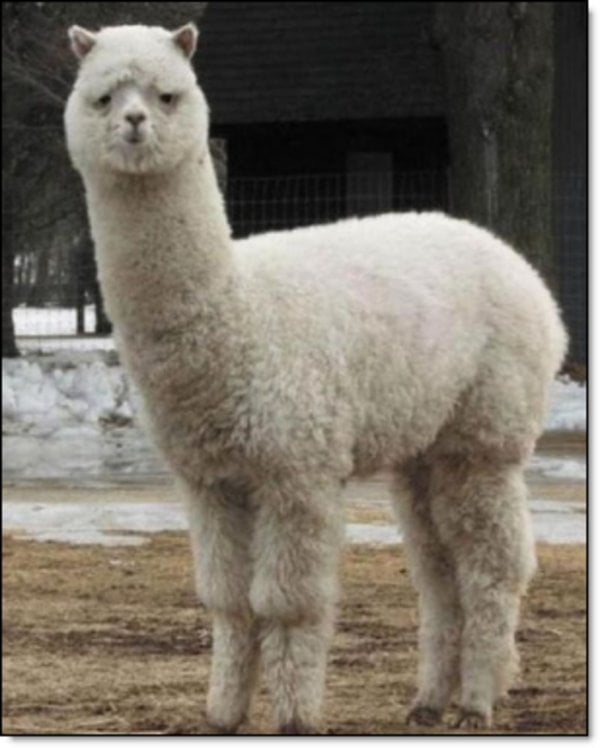Dave Duttlinger’s first thought when he saw a dense band of yellowish-brown dust smearing the sky above his Indiana farm was: I warned them this would happen. About 445 acres of his fields near Wheatfield, Indiana, are covered in solar panels and related machinery – land that in April 2019 Duttlinger leased to Dunns Bridge Solar LLC, for one of the largest solar developments in the Midwest.
On that blustery spring afternoon in 2022, Duttlinger said, his phone rang with questions from frustrated neighbors: Why is dust from your farm inside my truck? Inside my house? Who should I call to clean it up?
According to Duttlinger’s solar lease, reviewed by Reuters, Dunns Bridge said it would use “commercially reasonable efforts to minimize any damage to and disturbance of growing crops and crop land caused by its construction activities” outside the project site and “not remove topsoil” from the property itself. Still, sub-contractors graded Duttlinger’s fields to assist the building of roads and installation of posts and panels, he said, despite his warnings that it could make the land more vulnerable to erosion.
“I’ll never be able to grow anything on that field again,” the farmer said. About one-third of his approximately 1,200-acre farm – where his family grows corn, soybeans and alfalfa for cattle – has been leased.
Solar panels can work in tandem with farming. In Germany a farmers raised them up and spaced them and grew shade loving crops below. Cattle farmers can put them in the roofs of the rows of loafing sheds. They give fields that are too rocky, or are in a climate that does not grow crops well, a viable means of production.
Yes this is agrivoltaics
Another approach is vertical mounting in the North-South orientation
What a crap, gotcha headline. There’s dust from construction…much like there’s dust following harvest or when planting. There’s land that is leased too, but that does not preclude future crop growth on the region
When the topsoil blows away, what’s left?
edit – No, really. What’s left?
I never remember hearing any complaints about the construction for fracking installations. Which, where I’m at, it’s just about every farm.
But that has nothing to do with the solar power and more to do with the construction company that did the work in a way the farmer didn’t like. This article is just a small land dispute wrapped up as propaganda that solar panels are somehow always bad for farmers.
Solar panels do not require the removal of top soil.
deleted by creator
Dead dirt. No nutrients. Would be like you trying to eat the dirt, to the plants you try to plant.
Useless, gritty, and harmful.
No, not “dead” dirt. Usually what’s left is the clay (called lodgement till) from when the last monster glaciers receded from much of North America. And that is shit soil to try and grow anything in because it’s essentially various sizes of ground up rock (ranging in size from boulders to fine dust).
Meanwhile in SW Minnesota, my family is using leased solar panels from the Minnesota Public Utilities Commission (mpuc) as part of their crop rotations.
One year, a field gets solar panels, then next year they are moved to an adjacent field and crops replanted where the previous panels sat. They also do soil prep on the field with the panels so it’ll be nutrient rich when they’re moved again.
It’s not rocket science to either rotate them or to plant under them, this story is idiotic.
Some crops even grow well mixed with solar panels like tomatoes.
As another southern MN resident, 👋🏼.
I’m surprised he’s not putting up panels himself. I’ve been reading that plants thrive under solar panels.
the guy in that article is a moron, but solar has the potential to be more profitable than farming - it’s immune to drought and equally immune to subsidies.






